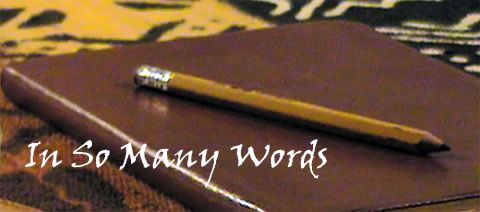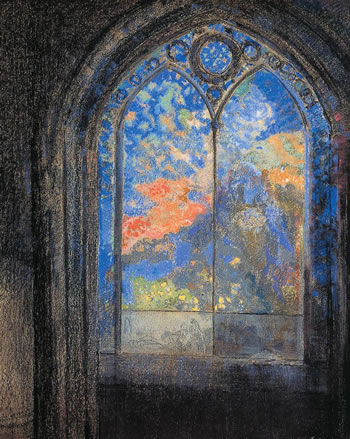
In So Many Words
Art and religion have been intertwined throughout human history, each influencing and shaping the other in profound ways. At their core, both art and religion strive to express the inexpressible — to reach toward something greater than the ordinary, something sacred or transcendent. Reflecting on their relationship reveals a rich, complex dialogue between human creativity and spiritual belief.
 Religious themes have inspired some of the most powerful and enduring works of art. From the frescoes of the Sistine Chapel to the intricacies of Islamic calligraphy and the sacred sculptures of Hindu temples, art has been used as a vehicle to honor the divine, tell sacred stories, and invite contemplation. In this way, art becomes more than mere decoration — it becomes an act of devotion, a form of worship, and a means of spiritual communication.
Religious themes have inspired some of the most powerful and enduring works of art. From the frescoes of the Sistine Chapel to the intricacies of Islamic calligraphy and the sacred sculptures of Hindu temples, art has been used as a vehicle to honor the divine, tell sacred stories, and invite contemplation. In this way, art becomes more than mere decoration — it becomes an act of devotion, a form of worship, and a means of spiritual communication.
At their core, both art and religion strive to express the inexpressible — to reach toward something greater than the ordinary, something sacred or transcendent.
At the same time, religion has provided artists with a framework of meaning and purpose. Beliefs, rituals, and sacred texts offer artists symbolic language to explore life’s biggest questions: What is our purpose? What lies beyond this life? What does it mean to be good, just, or holy? Art allows these questions to be visualized, sung, or dramatized, inviting viewers into an emotional and reflective engagement with faith.
However, art and religion can also challenge one another. Artists may use religious imagery in provocative ways to critique institutions, explore personal doubt, or question dogma. Likewise, religious authorities have both supported and censored art, depending on whether it aligns with doctrinal values. This tension shows that both art and religion are dynamic forces, not fixed or unchanging.
Ultimately, the relationship between art and religion is a testament to humanity’s need to reach beyond the material world. Whether harmonious or conflicted, their interaction reflects our deepest longings for meaning, connection, and transcendence. In contemplating this relationship, we are reminded that both art and religion, at their best, invite us to see the world — and ourselves — with greater depth, awe, and humility.
Columban Missionaries